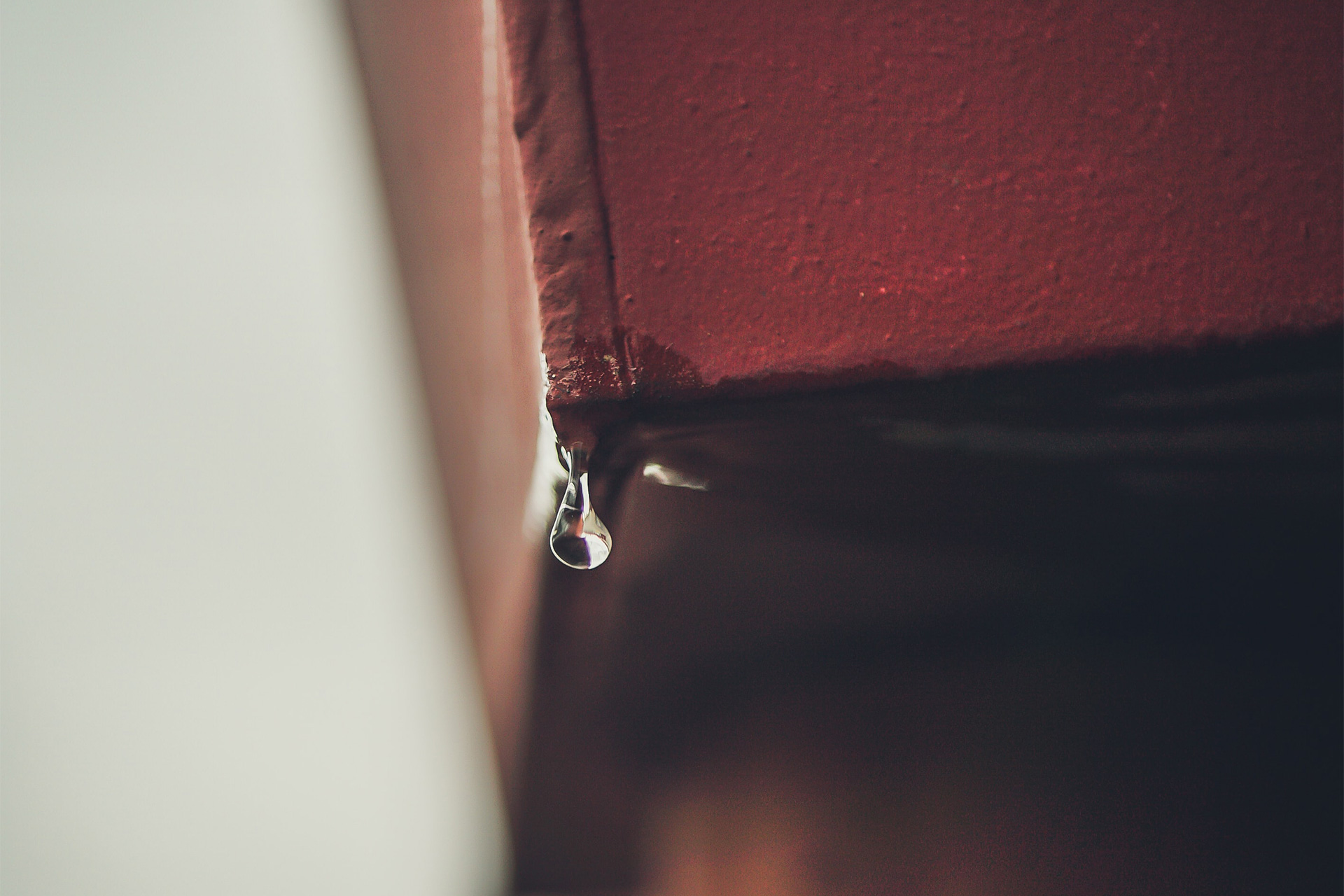Do you think you’ve got a hidden water leak on your residential property?
Whether you’re the landlord, the property manager, or the tenant, here’s a list of what to look for and steps to take once you’ve identified a potential problem.
What is a concealed water leak?
Water leaks underground cannot be seen but they can appear as a wet patch on grass, concrete, or at the base of the house. Other signs of a water leak include high water bills or constant spinning of the water meter when no taps or appliances are in use.
How do I fix a concealed water leak?
Water leak repair work varies — leak repairs can sometimes be a quick fix that’s easy found but sometimes they require specialists, like us, to find the leak before removing concrete or and excavating to repair.
We’re experience leak locators and have systemised steps to keep tenants, property managers, and landlords informed of works required so that costs don’t spiral unexpectedly.
What to look for as a tenant
If you’re the tenant on a property you suspect has a water leak, here’s what to look out for.
- Are there any leaking taps or toilets on the property?
- Can you physically see an abnormal patch of moisture or water on the property?
- Can you see the water meter spinning even when no taps, toilets, or appliances are in use?
Troubleshooting rental water leak issues
When a tenant identifies a potential leak, there are a few things to consider.
- Is the block on which the house sits on a slope? Have we just had rain? Often sloping blocks have rainwater drainage issues and, after rain, areas that water travels through can show as puddles and damp spots. This is not a burst water pipe problem but, equally, it may not be easily fixed.
- Has the tenant run a leak test? If not, get the tenant to:
- Turn of all taps, toilets, and appliances in the house
- Check all taps, toilets, and appliances for leaks
- Go to water meter and observe for spinning of meter dial
- Leave all taps and appliances off for 20 minutes, take a photo of the meter, then return to see if there’s been any change in numbers/dials
- If all is okay, there’s probably not a leak. If it’s not okay, it probably is a leak.
- If you’ve received a large water bill and the tenant has run the leak test above, it’s likely a leak.
If you are confident you’ve got a leak, call us out.
Remember, owners are only responsible for water service from the end of the meter to the house. If the meter is leaking or has failed, nine times out of ten that may be the Council’s responsibility.
Why choose us?
Before starting Pasfield Plumbing, Dan worked as a leak location specialist for many years.
Since then, we’ve developed a systemised approach to leak repairs that keeps tenants, property managers and landlords in the loop to avoid unexpected costs.
Our invoice reports also meet local Council criteria for reimbursement eligibility of money related to water leaks. To claim this reimbursement, you must apply through your local Council after receiving our paid invoice.
Please note that Council reimbursement eligibility can change based on your local Council and your individual situation.
 07 3287 1553
07 3287 1553  admin@pasfieldplumbing.com.au
admin@pasfieldplumbing.com.au 
